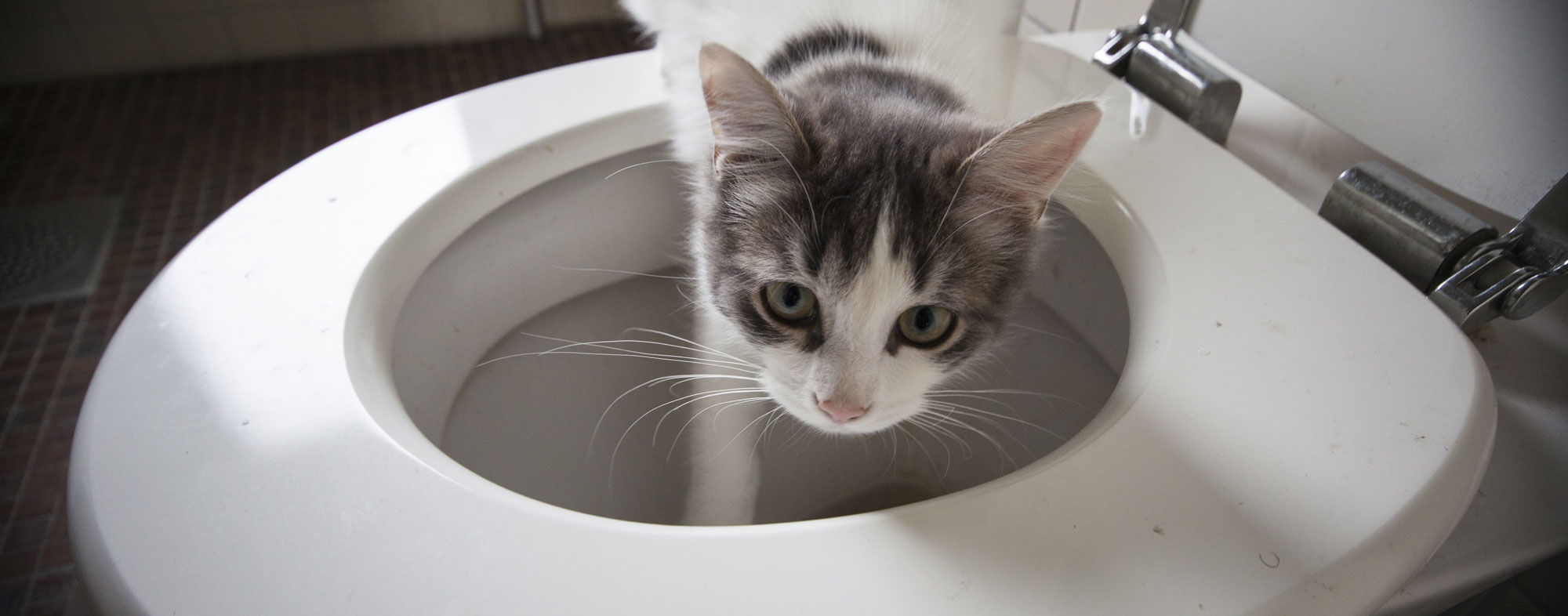Dangers of Flushing Cat Poop in Your Toilet - Precautionary Steps
Dangers of Flushing Cat Poop in Your Toilet - Precautionary Steps
Blog Article
We've noticed this post involving Can You Flush Cat Poo or Litter Down the Toilet? directly below on the web and believe it made sense to write about it with you over here.

Introduction
As cat proprietors, it's vital to bear in mind exactly how we get rid of our feline buddies' waste. While it may appear practical to flush pet cat poop down the bathroom, this technique can have damaging effects for both the atmosphere and human health.
Alternatives to Flushing
Fortunately, there are more secure and much more responsible ways to dispose of cat poop. Consider the following choices:
1. Scoop and Dispose in Trash
One of the most usual approach of disposing of cat poop is to scoop it right into an eco-friendly bag and toss it in the trash. Be sure to make use of a devoted litter inside story and throw away the waste without delay.
2. Usage Biodegradable Litter
Select naturally degradable cat litter made from materials such as corn or wheat. These clutters are eco-friendly and can be safely dealt with in the garbage.
3. Bury in the Yard
If you have a backyard, consider hiding feline waste in a marked area far from veggie yards and water sources. Make sure to dig deep adequate to stop contamination of groundwater.
4. Mount a Pet Waste Disposal System
Invest in an animal waste disposal system especially made for cat waste. These systems use enzymes to break down the waste, decreasing odor and environmental effect.
Health Risks
In addition to environmental issues, flushing cat waste can additionally posture wellness dangers to humans. Feline feces may contain Toxoplasma gondii, a bloodsucker that can trigger toxoplasmosis-- a potentially extreme ailment, especially for pregnant women and people with damaged body immune systems.
Environmental Impact
Flushing cat poop introduces damaging microorganisms and bloodsuckers into the water, posturing a considerable threat to water environments. These pollutants can adversely affect marine life and compromise water quality.
Conclusion
Responsible animal ownership extends past giving food and sanctuary-- it additionally entails correct waste monitoring. By avoiding purging feline poop down the commode and going with alternative disposal methods, we can minimize our ecological impact and shield human wellness.
Why Can’t I Flush Cat Poop?
It Spreads a Parasite
Cats are frequently infected with a parasite called toxoplasma gondii. The parasite causes an infection called toxoplasmosis. It is usually harmless to cats. The parasite only uses cat poop as a host for its eggs. Otherwise, the cat’s immune system usually keeps the infection at low enough levels to maintain its own health. But it does not stop the develop of eggs. These eggs are tiny and surprisingly tough. They may survive for a year before they begin to grow. But that’s the problem.
Our wastewater system is not designed to deal with toxoplasmosis eggs. Instead, most eggs will flush from your toilet into sewers and wastewater management plants. After the sewage is treated for many other harmful things in it, it is typically released into local rivers, lakes, or oceans. Here, the toxoplasmosis eggs can find new hosts, including starfish, crabs, otters, and many other wildlife. For many, this is a significant risk to their health. Toxoplasmosis can also end up infecting water sources that are important for agriculture, which means our deer, pigs, and sheep can get infected too.
Is There Risk to Humans?
There can be a risk to human life from flushing cat poop down the toilet. If you do so, the parasites from your cat’s poop can end up in shellfish, game animals, or livestock. If this meat is then served raw or undercooked, the people who eat it can get sick.
In fact, according to the CDC, 40 million people in the United States are infected with toxoplasma gondii. They get it from exposure to infected seafood, or from some kind of cat poop contamination, like drinking from a stream that is contaminated or touching anything that has come into contact with cat poop. That includes just cleaning a cat litter box.
Most people who get infected with these parasites will not develop any symptoms. However, for pregnant women or for those with compromised immune systems, the parasite can cause severe health problems.
How to Handle Cat Poop
The best way to handle cat poop is actually to clean the box more often. The eggs that the parasite sheds will not become active until one to five days after the cat poops. That means that if you clean daily, you’re much less likely to come into direct contact with infectious eggs.
That said, always dispose of cat poop in the garbage and not down the toilet. Wash your hands before and after you clean the litter box, and bring the bag of poop right outside to your garbage bins.
https://trenchlesssolutionsusa.com/why-cant-i-flush-cat-poop/

Do you enjoy reading about Can You Flush Cat Poop Down The Toilet?? Create a remark down below. We'd be pleased to listen to your responses about this posting. In hopes that you visit us again in the future. Liked our post? Please share it. Let another person discover it. Thanks a lot for going through it.
Request An Appointment Report this page